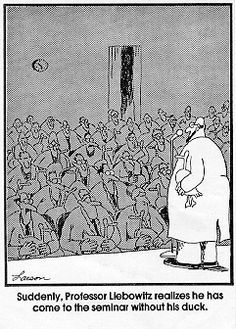PHYS 6751: Graduate Nuclear and Particle (Fall 2016)

Course Overview
The purpose of this course is to gain hands-on experience with modern experimental techniques in low-energy nuclear physics. This includes the use of common experimental equipment and open-source software used for contemporary nuclear physics research. The bulk of the course will consist of performing four experiments, analyzing the resultant data, and writing a report for each experiment in the style of a modern journal publication.Course information, such as lectures, hand-outs, and assignments will be posted here. Check back throughout the semester.
The course catalog description for PHYS 6751 can be accessed here .

Course Materials
SyllabusSlides for
- Lecture 1 : Intro, Rad Safey, Data Basics
- Lecture 2 : Data analysis tutorial
- Lecture 3 : Advice on scientific presentations
Manuals for
- Experiment 1 : Foil thickness determination via energy loss
- Experiment 2 : Measurement of the 197 Au(n,g) cross section
- Experiment 3 : Foil characterization via Rutherford scattering
- Experiment 4 : Efficiency determination for a neutron long-counter
Grading rubrics for
Paper examples for
- Nuclear Instruments and Methods A (Also see NIMA Guide for Authors )
- Physical Review C (Also see Physical Review Style Guide )
- Physical Review Letters (Also see PRL Guide for Authors )
Presentation example for
- DNP-style 10min talk
- My advice on scientific presentations
- Rules for Oral Presentations by H. Schatz (MSU/NSCL)
- "The Physics of Physics Colloquia" by J. Kakalios
- "How to Give a Dynamic Scientific Presentation" by M. Larkin
- Advice on how not to use PowerPoint from K. Park in the Washington Post
- NIMA Template : Tarball you could use to create your NIM paper
- PRC Template : Tarball you could use to create your PRC paper. Note that you must have installed RevTex4-1.
- PRL Template : Tarball you could use to create your PRL paper. Note that you must have installed RevTex4-1.
General Information
- OU Radiation Safety
- Ortec educational experiments manuals
- National Nuclear Data Center
- Harvard abstract service
- Advice on scientific writing
- Statistics of Counting, Gordon Gilmore
- Gamma and X-ray Standards, Gordon Gilmore
- Gamma-ray spectrum catalog
- Propagation of Uncertainty, John Taylor
- OU EAL DAQ User Guide

Academic Honesty
This goes without saying … but I'll say it anyways: you are expected to act in an academically honest fashion. This means abiding by the Ohio University Honor Code and adhering to the Code of Conduct .If you have any concerns as to what does or does not constitute academic dishonesty (e.g. paraphrasing prior publications in a report), please don't hesitate to ask me.
